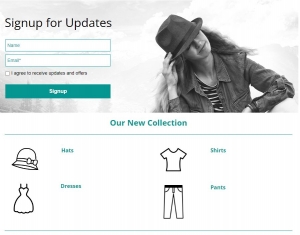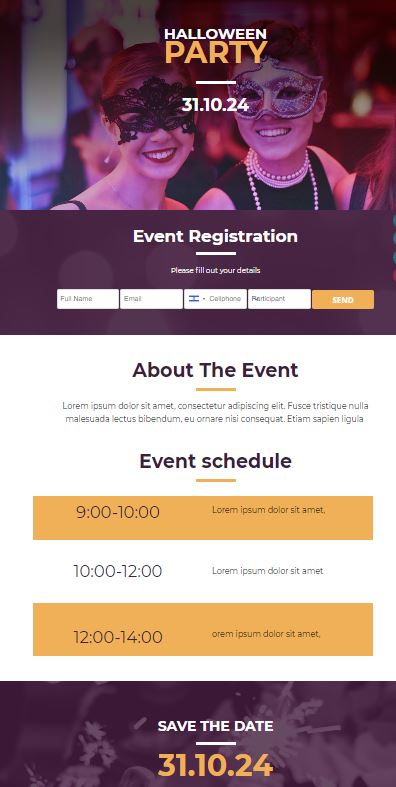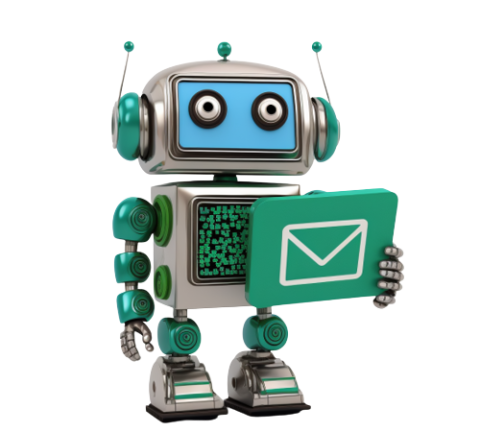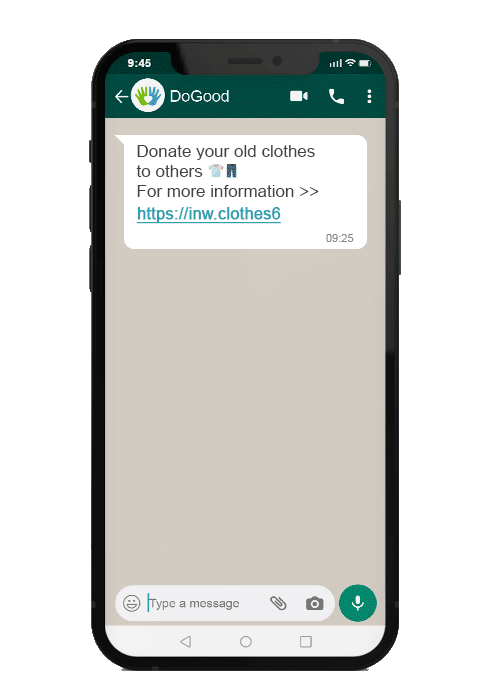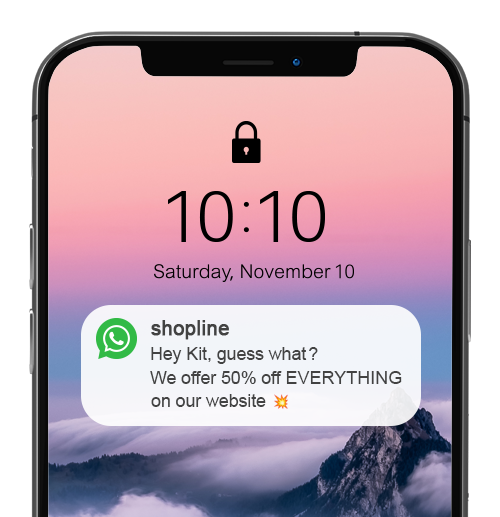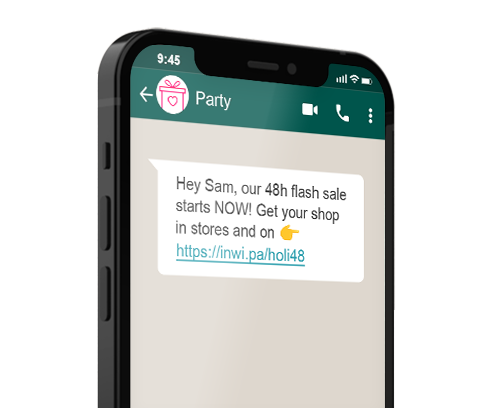Subject Line: The Classic Way to Improve Your Email Open Rates
Some refer to it as intuition, while others call it a first impression. However, there’s no doubt that the time it takes us to form an opinion about something is relatively short. In just a few seconds, we can determine whether something is interesting, boring, excellent or not quite up to par. We apply these same judgments, among others, to the marketing emails we come across. And what aids us in making these decisions? A range of factors, including the subject line of the email (Email Subject Line).
What is the email subject line?
You know the first paragraph of text you see when you receive a new email? Allow us to introduce you to the subject line. The subject line, as its name implies, signifies the topic that a specific email will address. It serves as a teaser of the upcoming content, providing a concise preview of the campaign’s narrative.
The subject line is accompanied by two additional content areas that appear together in our email inbox: the sender’s name and the preview text. The synergy among these three elements holds significance for marketing campaigns, as it enhances the email’s credibility, clarity, and overall impression in the eyes of recipients regarding the sending business.
Why is it important to reference the subject line in campaigns?
The subject line offers us a primary impression of the entire email content, rendering it highly significant. Just how significant? A substantial 47% of email recipients decide whether to open a message solely based on the subject line, whereas a notable 69% of them will mark a message as spam due to the subject line. Frequently, these instances involve subject lines that lack a clear intent and origin, thus conveying an impression of being unnecessary.
Here is how to write the perfect subject line:
Short and to the point
Emails with relatively short subject lines (around 50 characters) tend to yield better open rates compared to those with longer subject lines. Maintaining concise subject lines enhances the refinement and clarity of the marketing message within the campaign, ultimately resulting in higher open rates for the campaigns.
Use the emotion
Research in the realm of marketing emphasises the effectiveness of emotion as a driving force – and its significance extends to the subject lines of your marketing emails. Aim to infuse the text with various emotions, ranging from curiosity and humour to urgency and poignant touchpoints. For example: if you want to advertise a sale that is about to end, create a subject line that focuses on the fear of missing the sale and encourage the feeling of FOMO (Fear of missing out) in the style of “only one more day for the 20% discount”.
Give your customers value
an excellent subject line is one that holds value within it. In other words, content that successfully convinces your customers that reading the email will provide them with relevant information that will enhance specific aspects of their lives. For example, if your business is a restaurant and you have a new vegan menu, share in the subject line about the new vegan dishes worth trying, and elaborate on them in the body of the email.
Conduct A/B Testing
When faced with the dilemma of choosing between two equally impressive subject lines, allow us to introduce you to one of the intelligent options within the inwise system: A/B Testing. When conducting an A/B test for email subject lines, it involves comparing two distinct titles you’ve crafted to discern which resonates more effectively with your contacts. You have the flexibility to predefine the percentage segments to which each version of the subject line will be dispatched, which to discard, and whether refinements can be made.
Use ChatGPT
Ever had a brilliant subject line and then hit a creative roadblock while attempting to craft another? Or perhaps your well of original ideas ran dry? Give ChatGPT a try and utilize it to generate a subject line, then tailor the output to match the result precisely to your campaign.
What to avoid when writing a subject line?
Do not write the entire email in the subject line – The subject line functions as a movie trailer, offering a glimpse of the extensive content soon to land in the email. Opting to reveal the entire email content might render clicking redundant, ultimately impacting open rates negatively. Maintain the subject line’s brevity, informative nature, and inherent intrigue to warrant a click from the email recipient.
Avoid clickbait – To preserve your business’s credibility with contacts, it’s crucial to uphold consistency within the emails you send. Ensure that every marketing promise featured in the subject line aligned precisely with the content within the email body. Avoid including information in the subject line that diverges from the email’s content. For instance, if the subject line references an upcoming sale while the email body covers different details, you might sustain email open rates, but your business’s credibility could be compromised.
Do not use unnecessary words – As previously mentioned, the subject line should hover around 50 characters. Given this concise limit, it’s advisable to craft content where each word holds significance and purpose. Steer clear of extraneous words that might divert attention from the core message, and strive for a subject line that is both valuable and minimalist in nature.
Leveraging all these components (including elements like the sender’s name and Preview Text) will ensure that your business’s marketing emails remain impactful, of superior quality, and compelling to spur action.

